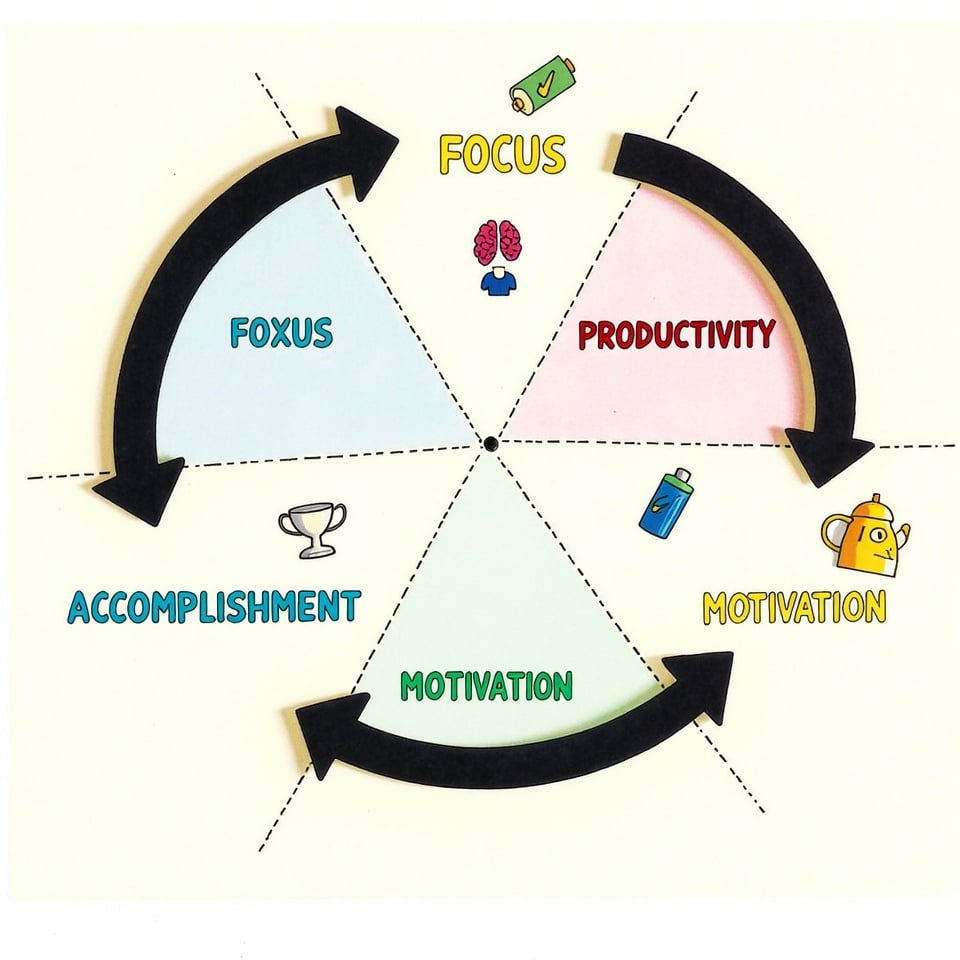Immigration has been a driving force in shaping societies throughout human history. From ancient migrations to modern-day global movements, the flow of people across borders continues to profoundly impact economies, cultures, and politics worldwide. This complex issue sparks intense debates, balancing economic benefits against social challenges, and humanitarian concerns against national security. As we navigate an increasingly interconnected world, understanding the multifaceted nature of immigration becomes crucial for developing informed policies and fostering inclusive communities.
Sample Immigration Essay: The Complex Tapestry of Immigration: Challenges, Benefits, and the Path Forward
Immigration has been a cornerstone of human history, shaping societies, economies, and cultures across the globe. From the earliest human migrations out of Africa to the modern-day movement of people across borders, the story of humanity is intrinsically linked to the story of immigration. In today’s interconnected world, immigration remains a hot-button issue, sparking intense debates and polarizing opinions. This essay aims to explore the multifaceted nature of immigration, examining its historical context, economic impacts, social implications, and the challenges it presents to both immigrants and host countries.
The history of immigration is as old as civilization itself. Ancient empires like Rome and China saw significant movements of people, both voluntary and forced. The Age of Exploration in the 15th and 16th centuries led to unprecedented levels of global migration, as Europeans colonized vast swathes of the Americas, Africa, and Asia. The 19th and early 20th centuries witnessed massive waves of immigration to the United States, with millions of Europeans seeking better economic opportunities and fleeing political persecution.
In the modern era, immigration patterns have become increasingly complex. Globalization, economic disparities between nations, political instability, and environmental factors have all contributed to the movement of people across borders. The United Nations estimates that there are currently over 280 million international migrants worldwide, a number that has steadily increased over the past decades. This figure includes both voluntary migrants seeking better economic opportunities and refugees fleeing conflict or persecution.
One of the most significant impacts of immigration is on the economy of host countries. Proponents of immigration argue that it brings numerous economic benefits. Immigrants often fill labor shortages in key sectors, particularly in jobs that native-born workers are less willing to take. They contribute to economic growth through their labor, consumption, and entrepreneurship. A study by the National Academies of Sciences, Engineering, and Medicine found that immigration has an overall positive fiscal impact on the U.S. economy in the long run.
Moreover, immigrants often bring valuable skills and knowledge to their new countries. In the technology sector, for instance, immigrants have played a crucial role in driving innovation. According to a report by the National Foundation for American Policy, immigrants have founded or co-founded nearly half of America’s top venture-backed companies. This influx of talent and ideas can lead to increased productivity and competitiveness in the global market.
However, critics of immigration often point to potential negative economic impacts. Some argue that an influx of low-skilled immigrants can depress wages for native-born workers in certain sectors. There are also concerns about the strain on public services, such as healthcare and education, particularly in areas with high concentrations of immigrants. While research generally shows that these concerns are often overstated, they remain significant points of contention in the immigration debate.
Beyond economics, immigration has profound social and cultural implications for both immigrants and host societies. For immigrants, the process of adapting to a new country can be challenging. Language barriers, cultural differences, and discrimination can make integration difficult. Many immigrants face a sense of displacement and loss of identity as they navigate between their heritage culture and the culture of their new home.
At the same time, immigration enriches the cultural fabric of host countries. Diverse communities bring new perspectives, traditions, and cuisines, contributing to a vibrant multicultural society. Cities like New York, London, and Toronto are testament to the cultural vibrancy that can result from immigration. However, this cultural diversity can also lead to tensions, particularly in societies where immigration is a relatively new phenomenon or where there are significant cultural differences between immigrants and the host population.
One of the most contentious aspects of the immigration debate is the issue of illegal or undocumented immigration. The presence of millions of undocumented immigrants in countries like the United States poses significant policy challenges. On one hand, these immigrants often fill crucial roles in the economy and have deep ties to their communities. On the other hand, their undocumented status raises concerns about national security, rule of law, and fairness to those who immigrate through legal channels.
The debate over how to address undocumented immigration has led to polarized political discourse in many countries. Proposals range from mass deportations to pathways to citizenship for long-term undocumented residents. Finding a balanced approach that addresses both humanitarian concerns and the need for border security remains a significant challenge for policymakers.
Another critical aspect of the immigration debate is the global refugee crisis. Conflicts, persecution, and environmental disasters have forced millions of people to flee their homes. The United Nations High Commissioner for Refugees reports that there are currently over 26 million refugees worldwide. The influx of refugees, particularly from regions like Syria, Afghanistan, and South Sudan, has strained the resources and political will of many host countries.
The refugee crisis raises important questions about international obligations and human rights. The 1951 Refugee Convention, ratified by 145 countries, establishes the rights of refugees and the responsibilities of nations to protect them. However, the scale of recent refugee movements has led some countries to adopt more restrictive policies, raising concerns about the erosion of these international commitments.
As we look to the future, it’s clear that immigration will continue to be a defining issue of our time. Climate change is likely to become an increasingly significant driver of migration, as rising sea levels and extreme weather events displace populations. Technological advancements may also reshape immigration patterns, potentially reducing the need for physical migration in some sectors while creating new opportunities for global mobility in others.
Addressing the challenges of immigration while harnessing its benefits will require nuanced, evidence-based policies. This may include investing in integration programs to help immigrants adapt to their new homes, developing fair and efficient systems for processing asylum claims, and fostering international cooperation to address the root causes of forced migration.
In conclusion, immigration is a complex phenomenon with far-reaching implications for individuals, communities, and nations. While it presents challenges, it also offers significant opportunities for economic growth, cultural enrichment, and human development. As we navigate the complexities of immigration in the 21st century, it is crucial to approach the issue with empathy, pragmatism, and a commitment to human rights. Only by embracing a balanced and humane approach can we hope to create a world where the movement of people across borders contributes to the prosperity and well-being of all.
Related reading: What is Love Essay?







